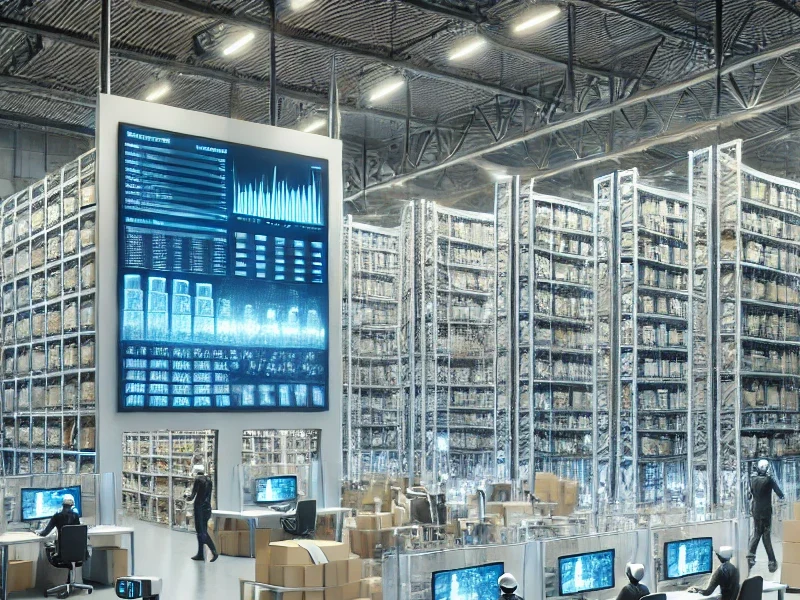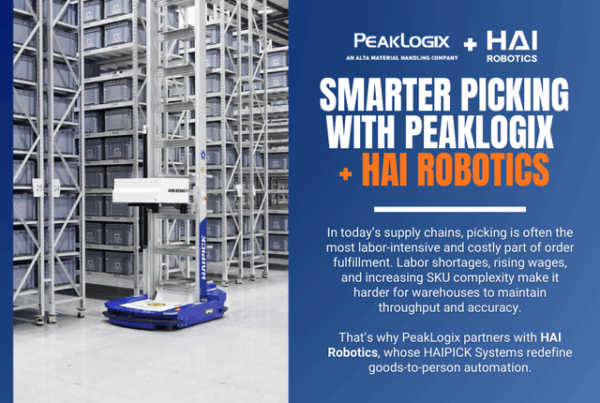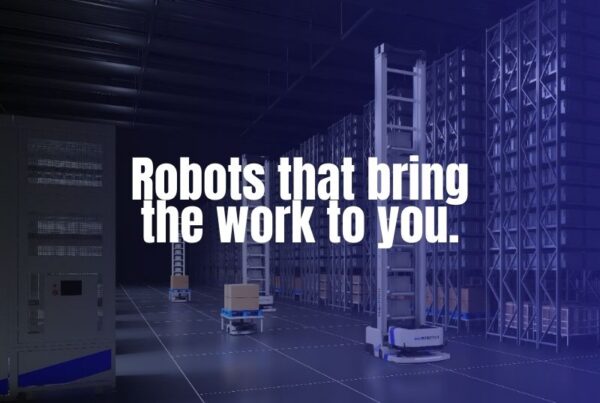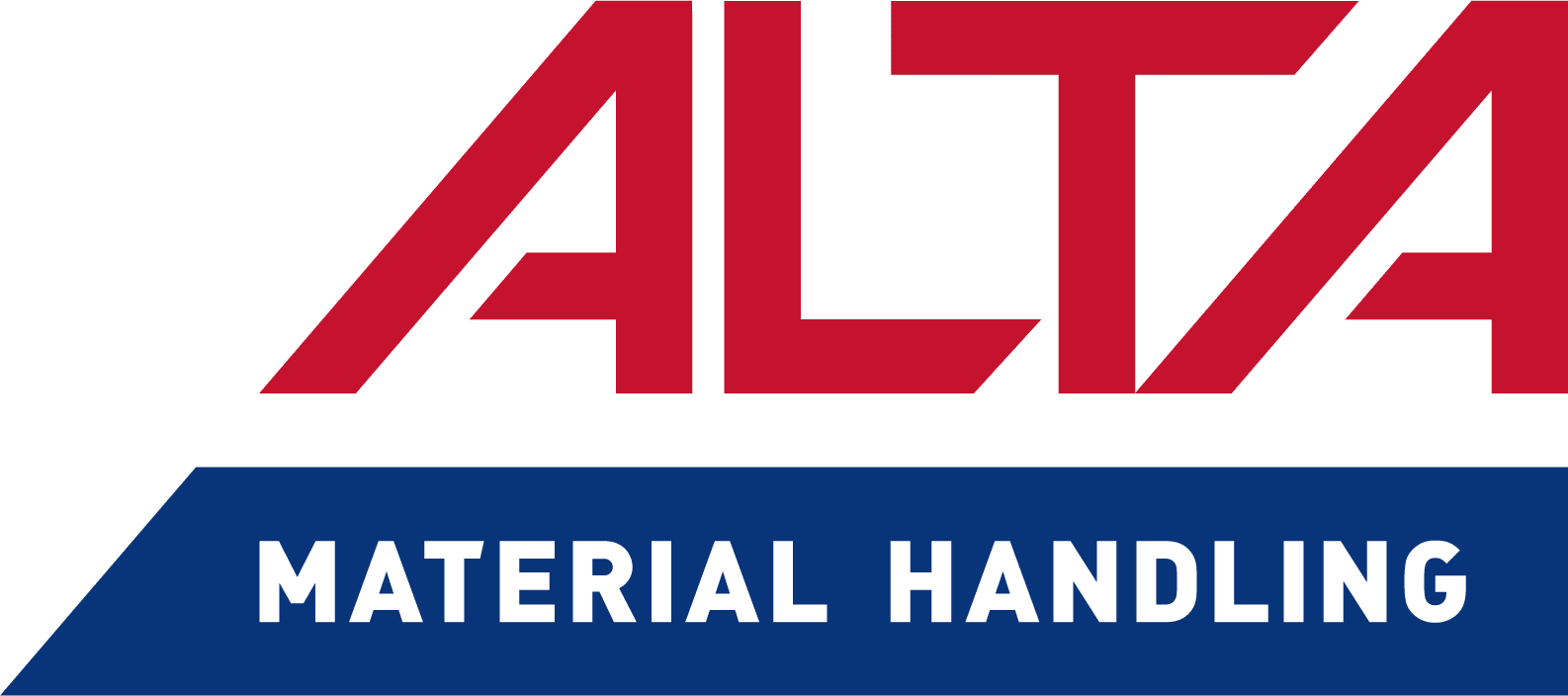The Hidden Cost of Manual Picking in Warehouses
If your warehouse still relies on traditional picker-to-goods methods, you’re spending more time, labor, and money than necessary. In today’s highly competitive supply chain landscape, efficiency is critical. Outdated processes create bottlenecks that slow down order fulfillment, increase labor costs, and reduce overall accuracy. With the rise of e-commerce and just-in-time inventory models, companies must rethink their warehouse operations to remain competitive.
The Problem: Excess Travel Time and Inefficiency
Picker-to-goods systems require warehouse workers to walk long distances to retrieve inventory, causing unnecessary delays in the order fulfillment process. Studies show that pickers spend up to 50-70% of their time simply walking rather than picking. This inefficiency translates into lost productivity, increased labor costs, and higher chances of picking errors.
High labor costs are a major concern for warehouses relying on manual picking. A large workforce is needed to meet demand, leading to excessive payroll expenses. The U.S. Bureau of Labor Statistics reports that the average wage for warehouse workers is approximately $18.50 per hour, meaning inefficiencies quickly add up. Additionally, manual picking leads to frequent errors, with accuracy rates averaging around 96%. While this may seem high, it results in thousands of incorrect orders per year, increasing return rates and reducing customer satisfaction. Workers also face significant physical strain, with repetitive walking leading to fatigue and injuries. The Occupational Safety and Health Administration (OSHA) notes that warehouse injuries occur at a rate of five per 100 full-time workers annually, further contributing to operational challenges.
A Real-World Example: The Struggles of a High-Volume Distributor
A national e-commerce fulfillment center faced severe inefficiencies in order processing. Workers spent an average of five to six hours per shift walking between racks to retrieve products, leading to increased overtime costs and order delays. Despite hiring seasonal workers, bottlenecks persisted during peak seasons. With a rising demand for next-day shipping, the company realized their traditional model was unsustainable.
After implementing a Goods-to-Person (GTP) system, the company experienced a significant transformation in efficiency and order accuracy. Robotic shuttles retrieved and transported inventory, automated conveyors delivered items directly to workers, and real-time tracking through Warehouse Management System (WMS) software eliminated unnecessary travel, optimizing the entire fulfillment process.
The Solution: Goods-to-Person (GTP) Systems
Goods-to-Person (GTP) systems eliminate unnecessary travel by automatically delivering items directly to workstations. These systems, integrated with PeakLogix Warehouse Management System (WMS) capabilities, streamline workflows, reduce human error, and optimize warehouse space for increased storage density.
Automated Storage and Retrieval Systems (AS/RS) leverage robotic shuttles to retrieve and transport inventory directly to workstations, reducing picker travel time by 80-90%. These advanced retrieval systems not only speed up order processing but also enhance warehouse organization by optimizing inventory placement. Conveyor and shuttle-based transport ensure items are quickly delivered to pickers, reducing order processing time and preventing bottlenecks in high-volume warehouses. Optimized workstations designed with ergonomic efficiency in mind minimize worker fatigue, increase productivity, and decrease the likelihood of injuries from repetitive motion.
PeakLogix Standout Benefits
Not all GTP solutions are created equal. PeakLogix offers distinct advantages that set its automation solutions apart. Seamless WMS integration ensures real-time inventory tracking, reducing stockouts and mispicks. Businesses using PeakLogix systems benefit from enhanced accuracy and faster order processing, ultimately improving customer satisfaction and reducing costly returns.
Scalable automation solutions allow warehouses to adapt to evolving business needs. Whether a company operates a small warehouse or a large-scale fulfillment center, PeakLogix automation can scale accordingly. Regulatory compliance and data security measures ensure industry-specific standards, such as FDA and GMP requirements for pharmaceutical and food distribution, are met. This guarantees that warehouses remain compliant while maintaining the highest levels of data protection.
The Results: Faster Picking, Lower Costs, and Happier Customers
When the e-commerce fulfillment center adopted a PeakLogix GTP system, they saw immediate improvements across all aspects of their operations. Pick rates increased from 100 to 500 units per hour, significantly boosting efficiency. Order accuracy improved from 96% to 99.9%, reducing costly mistakes and improving customer satisfaction. Labor costs were reduced by 40%, allowing the company to reallocate resources more effectively. Warehouse capacity utilization also increased by 30%, enabling better inventory storage and fulfillment capabilities.
These improvements not only reduced operating costs but also enhanced customer satisfaction and enabled faster delivery times, keeping the company competitive in a fast-moving e-commerce landscape. The integration of automation and advanced data analytics created a sustainable model for continued growth and success.
Is It Time to Upgrade?
If your warehouse is struggling with inefficiencies, high labor costs, or growing order volumes, a Goods-to-Person system could be the game-changer you need. As the supply chain industry evolves, automation is no longer a luxury but a necessity for maintaining profitability and customer satisfaction. Upgrading to an automated system not only saves costs but also future-proofs your business against labor shortages and rising operational expenses.
Learn more about how PeakLogix WMS and automation solutions can help your business transition to a smarter, more efficient warehouse operation.





